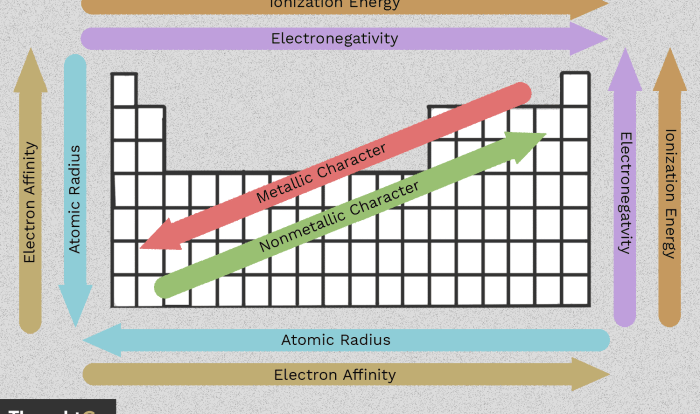Charles law problems worksheet answers – Delving into the intricacies of Charles’ Law, this comprehensive worksheet provides a thorough exploration of the relationship between volume and temperature, unveiling the significance of absolute zero and its profound implications. Through a series of engaging problem-solving techniques and real-world applications, this guide empowers learners to master the complexities of Charles’ Law.
From the soaring heights of hot air balloons to the depths of scuba diving, Charles’ Law finds practical applications in diverse scientific and industrial realms. This worksheet unravels these applications, showcasing the law’s versatility and its impact on our understanding of the physical world.
Charles’ Law Problems Worksheet Answers: Charles Law Problems Worksheet Answers
Understanding Charles’ Law
Charles’ Law describes the relationship between the volume and temperature of a gas at constant pressure. According to the law, the volume of a gas is directly proportional to its absolute temperature.
Absolute zero is the theoretical temperature at which all molecular motion ceases. It is equal to -273.15 degrees Celsius or -459.67 degrees Fahrenheit.
Problem-Solving Techniques
To solve Charles’ Law problems, follow these steps:
- Convert all temperatures to Kelvin.
- Set up a proportion using the formula V1/T1 = V2/T2.
- Solve for the unknown variable.
Applications of Charles’ Law
Charles’ Law has numerous applications, including:
- Hot air balloons
- Scuba diving
- Scientific research
- Industrial processes
Practice Problems, Charles law problems worksheet answers
- A gas has a volume of 2.5 liters at 25 degrees Celsius. What will its volume be at 100 degrees Celsius?
- A scuba diver descends to a depth of 30 meters. If the temperature at the surface is 20 degrees Celsius, what will the temperature be at 30 meters?
Interactive Learning Resources
For interactive learning, use an online table with columns for problem statement, solution, and step-by-step explanation.
Troubleshooting Common Mistakes
Common mistakes include:
- Forgetting to convert temperatures to Kelvin.
- Using the wrong formula.
- Making calculation errors.
General Inquiries
What is the significance of absolute zero in Charles’ Law?
Absolute zero (-273.15°C or -459.67°F) represents the theoretical temperature at which the volume of a gas would reach zero if it were to behave ideally. However, in reality, gases liquefy or solidify before reaching absolute zero.
How is Charles’ Law applied in hot air balloons?
As the air inside a hot air balloon is heated, its volume expands, causing the balloon to rise. The cooler air outside the balloon is denser, creating a buoyancy force that lifts the balloon.
What are some common mistakes to avoid when solving Charles’ Law problems?
Common mistakes include forgetting to convert temperatures to Kelvin, using the wrong units for volume, and assuming that gases behave ideally in all situations.

